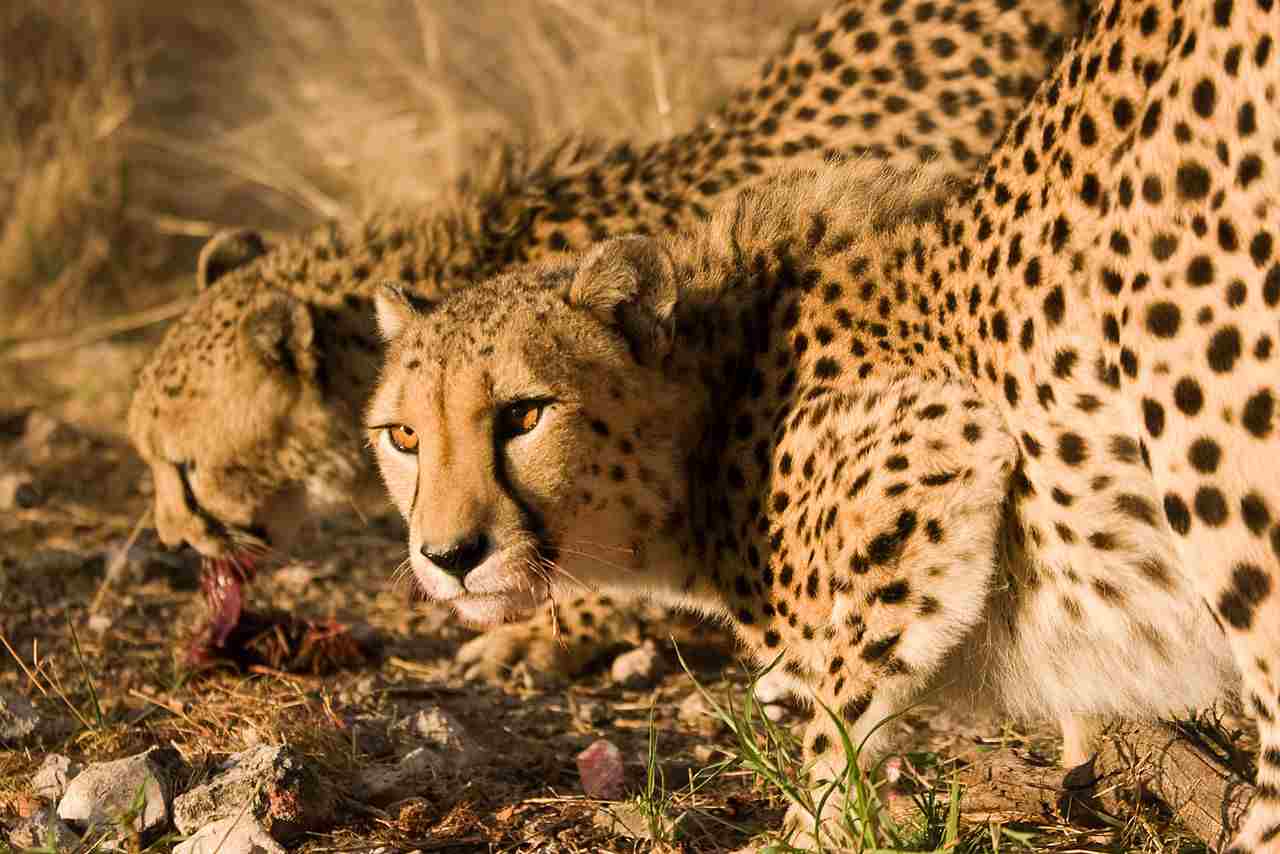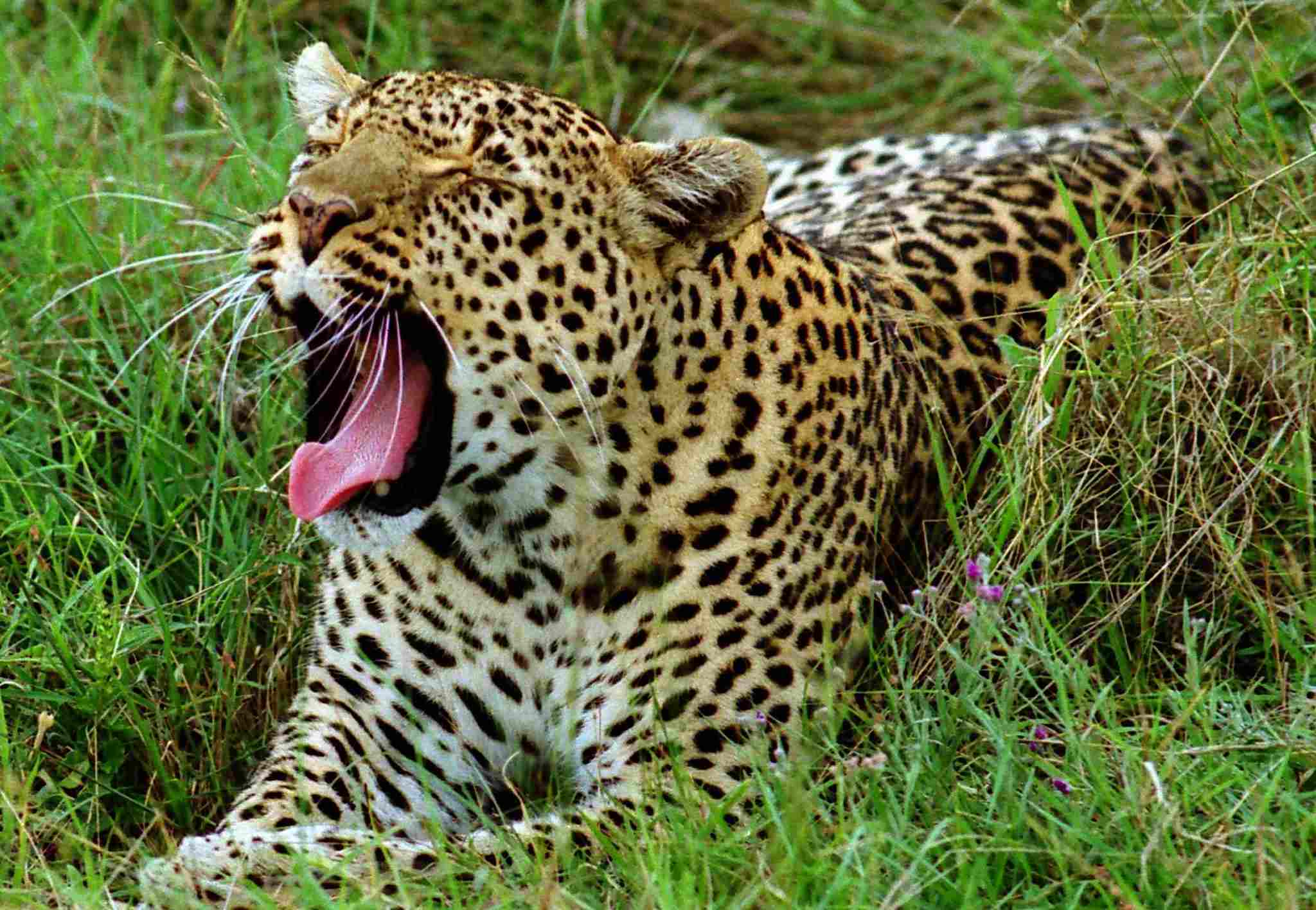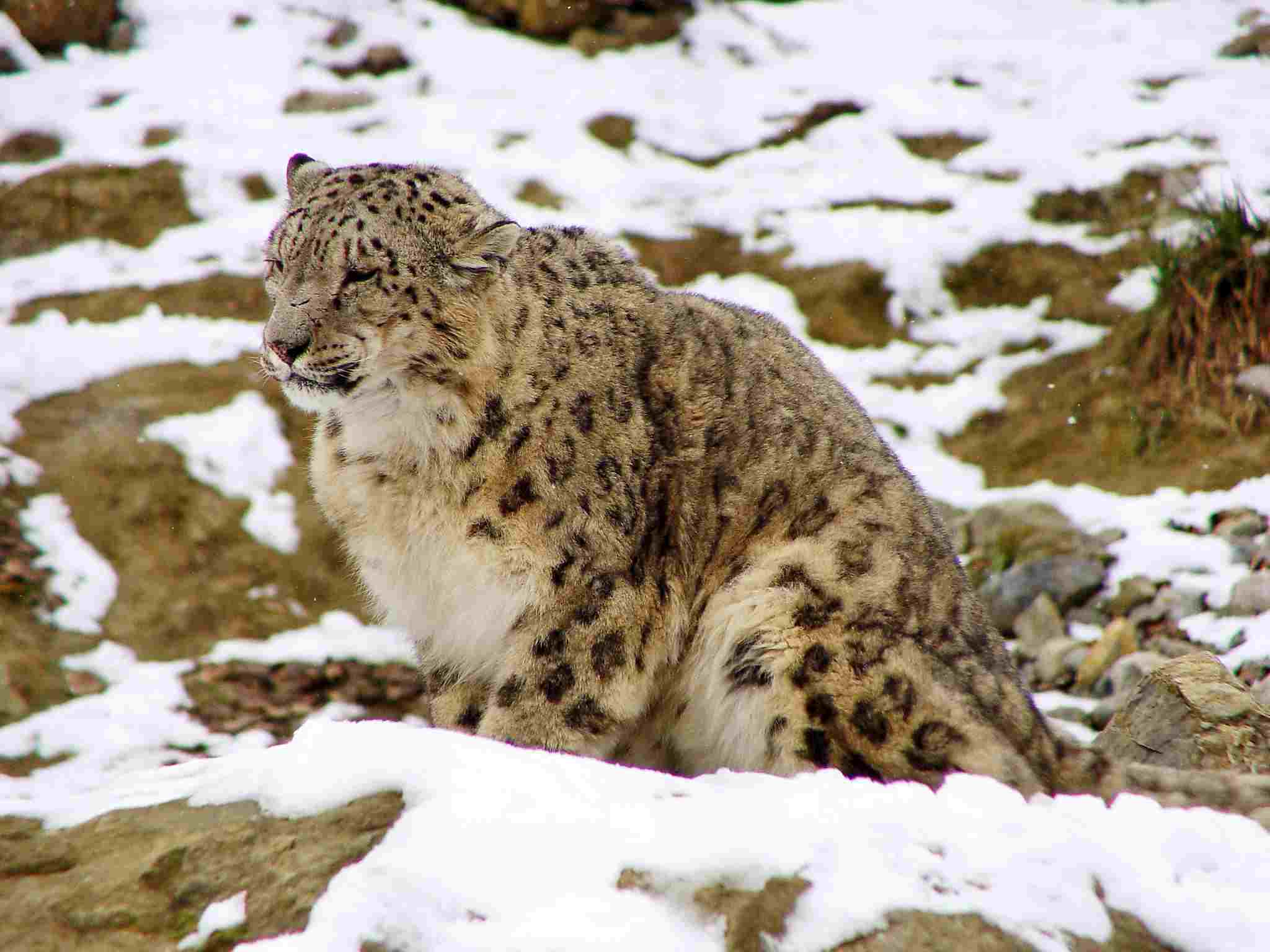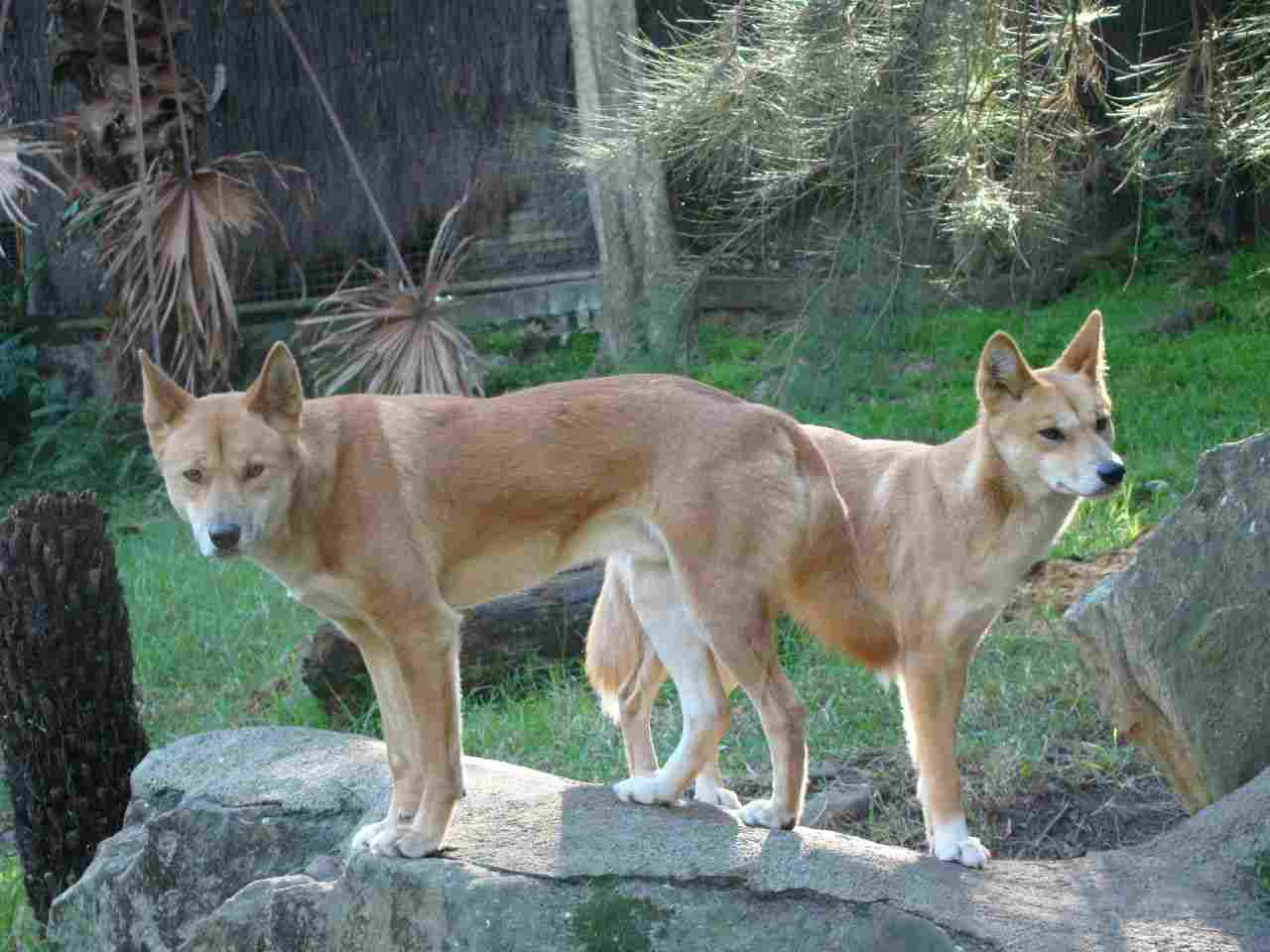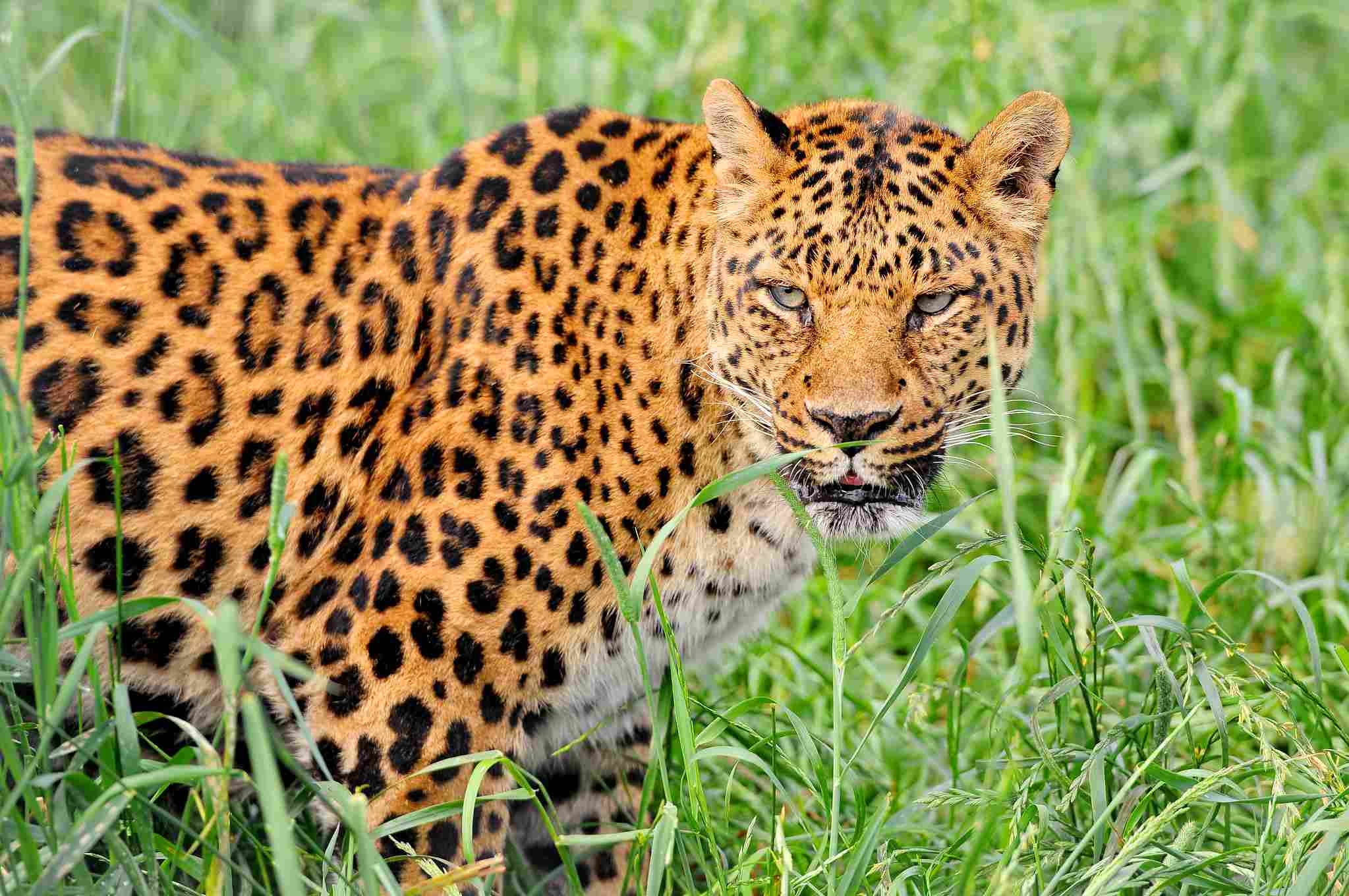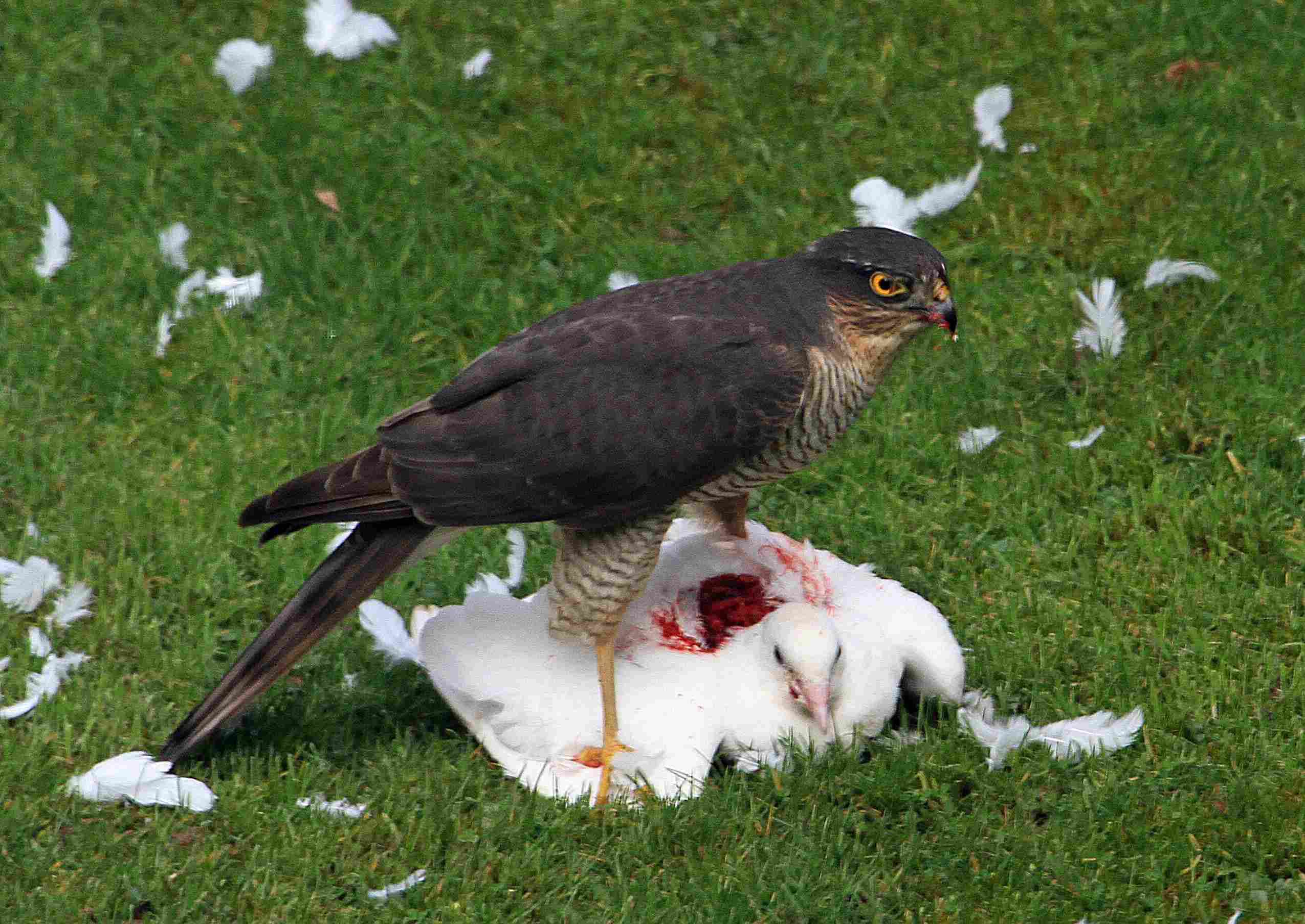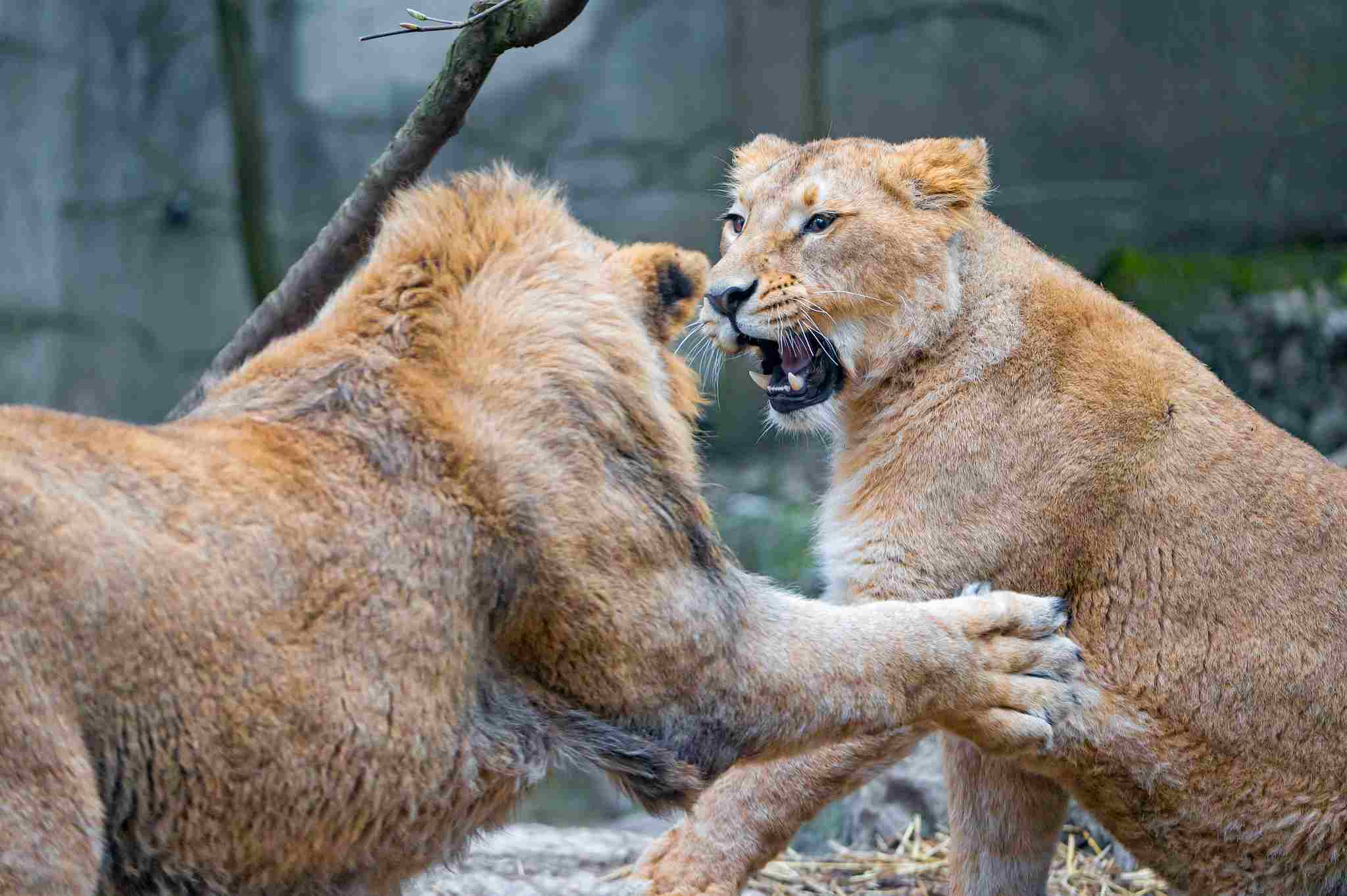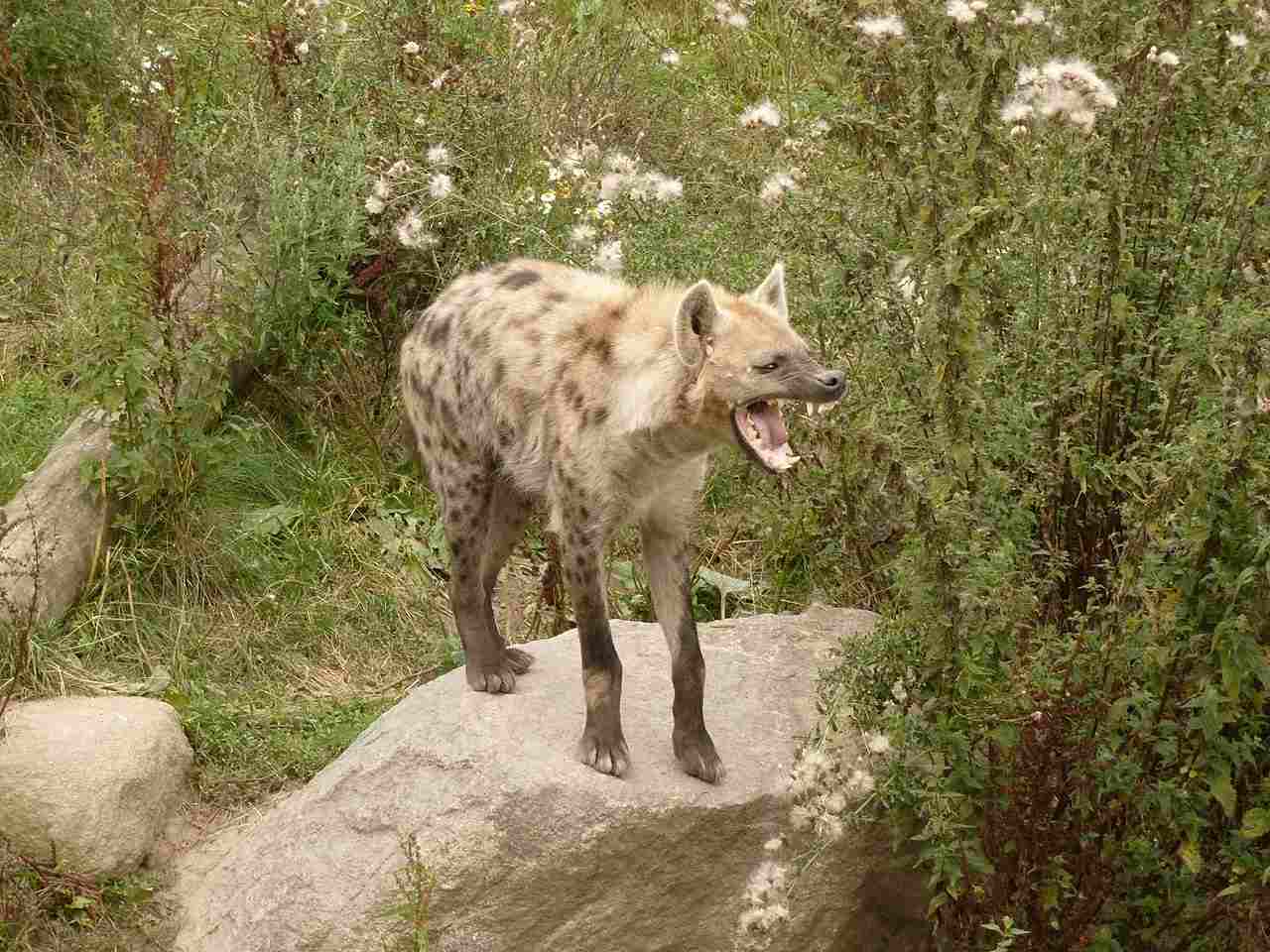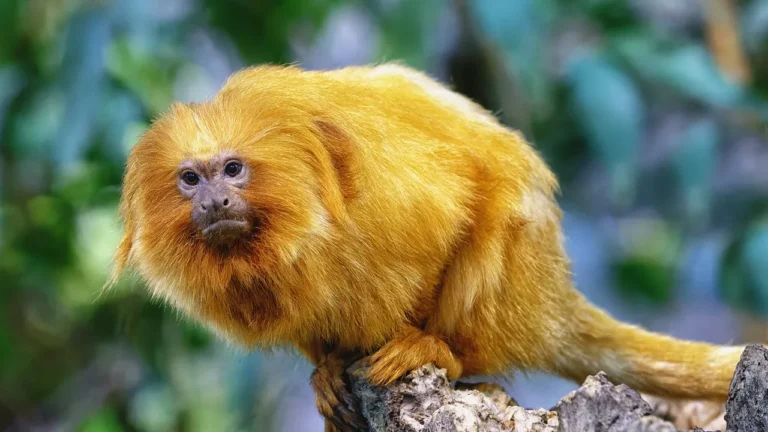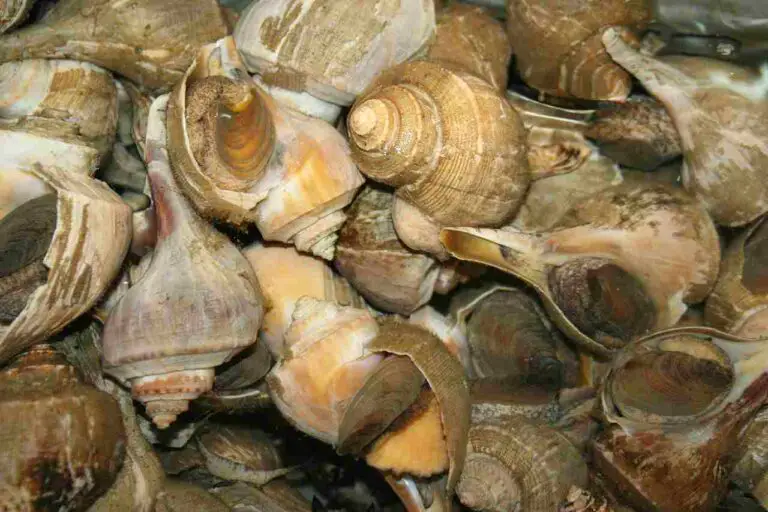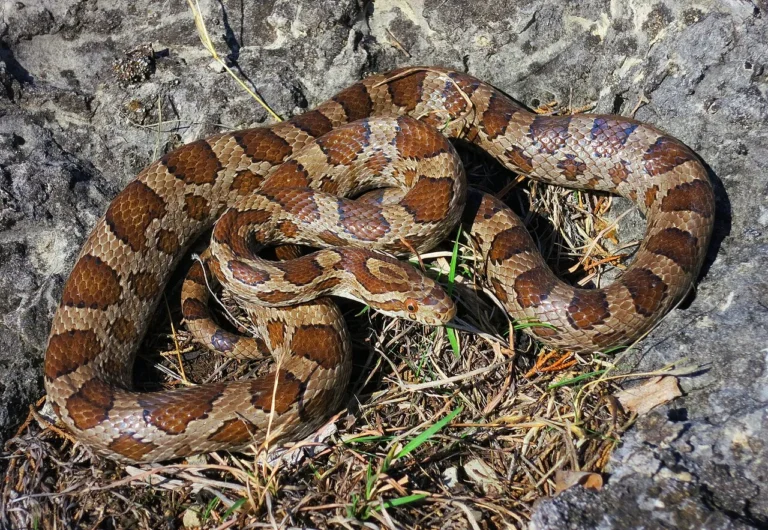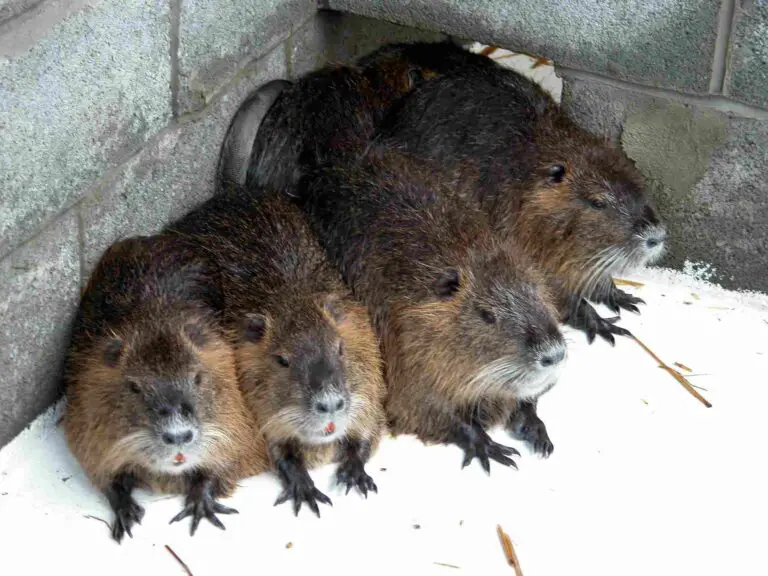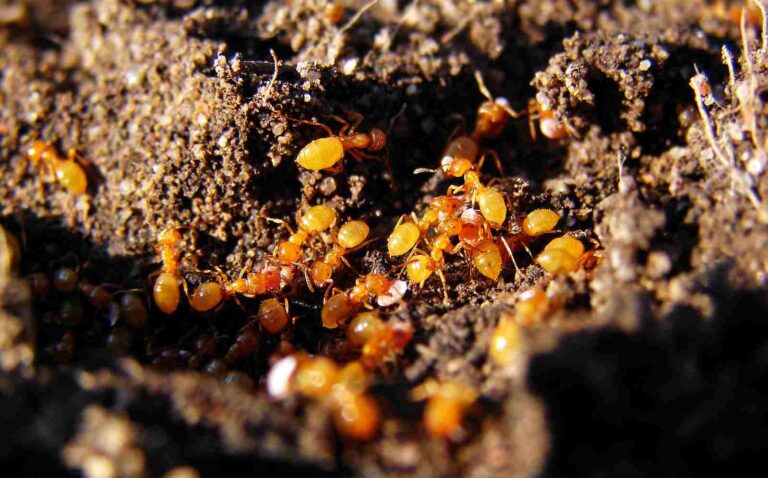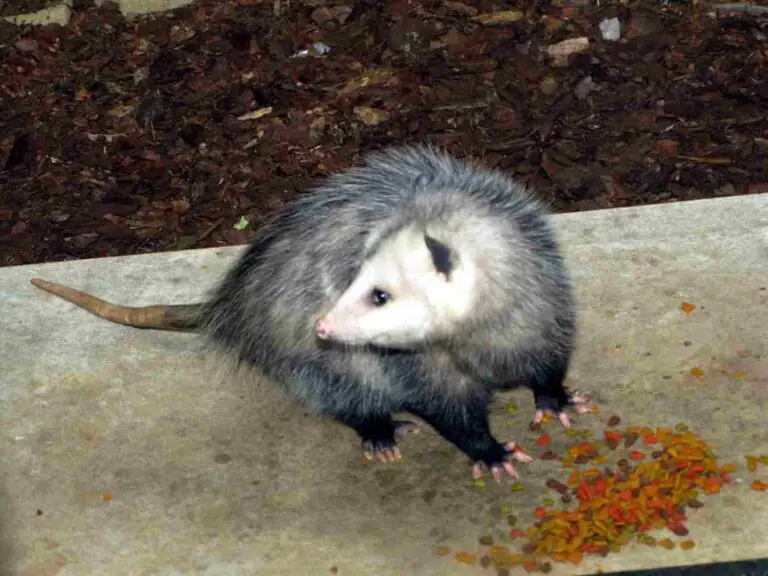5+ Apex Predators In The Savanna Ecosystem Discussed
Examples of apex predators in the savanna ecosystem are lions, leopards, spotted hyenas, cheetahs, hawks, and dingoes. Each has unique adaptations that help them thrive in their environment, from the social structure of lions to the incredible speed of cheetahs. These predators face common threats like habitat loss, human-wildlife conflict, and environmental changes, making conservation efforts crucial for their survival.
1. Lion
The lion, often called the “king of the beasts,” is one of the most iconic apex predators in the savanna ecosystem. These large cats are known for their distinctive manes, which vary in color from blond to dark brown and serve as a signal of maturity and strength. Lions are social animals, typically living in groups known as prides, which consist of related females, their offspring, and a few adult males. This social structure allows them to work cooperatively when hunting, often targeting large herbivores like zebras, wildebeests, and buffalo. Lions are known for their impressive roars, which can be heard up to five miles away, and are used to communicate with other members of the pride or to mark territory.
Despite their position at the top of the food chain, lions face significant challenges in the wild. Habitat loss due to human encroachment and conflict with humans over livestock are major threats to their survival. Additionally, competition with other predators in the savanna, such as hyenas and leopards, can lead to conflicts over food sources. Conservation efforts are crucial to ensure the survival of these majestic creatures, as their population has been declining in recent decades. By maintaining large protected areas and promoting coexistence with local communities, we can help secure a future for lions in the savanna ecosystem.
2. Leopard
Leopards are agile and versatile apex predators in the savanna ecosystem, known for their stealth and adaptability. With a distinctive spotted coat, these big cats can blend seamlessly into their environment, allowing them to ambush their prey with remarkable precision. Unlike lions, leopards are solitary creatures, typically only coming together for mating purposes. They are opportunistic hunters, preying on a wide range of animals, from small mammals and birds to larger ungulates. Leopards are also known for their ability to drag prey into trees to avoid scavengers like hyenas.
Their adaptability extends beyond hunting strategies; leopards are equally at home in a variety of habitats, from dense forests to open savannas. This adaptability helps them maintain their position as apex predators despite habitat loss and human encroachment. However, leopards face risks from poaching and human-wildlife conflict, as their skins are highly prized, and they are sometimes targeted when they prey on livestock. Conservation measures, such as habitat preservation and conflict mitigation, are vital to ensure the continued survival of leopards in the wild.
3. Spotted Hyena
The spotted hyena is a highly intelligent and complex apex predator in the savanna ecosystem. Often misunderstood due to their portrayal in popular culture, hyenas are formidable hunters and scavengers. They have powerful jaws capable of crushing bones, allowing them to consume nearly every part of their prey. Spotted hyenas live in large social groups called clans, which can consist of dozens of individuals. These clans operate within a strict social hierarchy, with dominant females leading the group.
Spotted hyenas are primarily nocturnal, but they are also active during the day, especially in areas with less human activity. They are opportunistic feeders, capable of hunting alone or in groups, and often scavenge from other predators. Despite their adaptability and resilience, spotted hyenas face threats from habitat loss and persecution by humans, who often see them as a nuisance due to their scavenging habits. Efforts to change public perception and promote coexistence are key to ensuring the survival of these unique apex predators.
4. Cheetah
Cheetahs are the fastest land animals, reaching speeds of up to 60-70 mph, making them formidable apex predators in the savanna ecosystem. Unlike other big cats, cheetahs rely on their incredible speed to catch their prey, usually small to medium-sized ungulates like gazelles and impalas. Cheetahs are generally solitary or live in small family groups, with females raising their cubs alone. Their slim, aerodynamic bodies and long legs are perfect for sprinting, but they lack the physical strength of lions or leopards, making them more vulnerable to other predators.
Cheetahs’ unique hunting strategy involves quick bursts of speed to chase down prey, often resulting in a successful kill within seconds. However, their speed comes with a high energy cost, and they require significant rest after a hunt. Cheetahs face significant threats in the wild, including habitat loss, human-wildlife conflict, and competition from other predators who often steal their kills. Conservation efforts focus on habitat protection, reducing human conflict, and ensuring genetic diversity to prevent inbreeding in small cheetah populations.
5. Hawk
Hawks are apex predators in the savanna ecosystem, known for their keen eyesight and sharp talons. These birds of prey are expert hunters, capable of spotting small mammals and birds from great distances. Hawks typically hunt from high perches, diving down at high speeds to capture their prey. They are solitary hunters and do not require complex social structures like other savanna predators. Hawks play a vital role in controlling the populations of smaller animals, contributing to the balance of the ecosystem.
Despite their hunting prowess, hawks face threats from habitat loss and environmental contamination. Pesticides and other chemicals can affect their food sources, leading to declines in hawk populations. Additionally, human activities like deforestation can disrupt their nesting areas. Conservation efforts for hawks include protecting habitats and regulating the use of harmful chemicals. By maintaining healthy ecosystems and addressing human-induced threats, hawks can continue to thrive as apex predators in the savanna.
6. Dingo
The dingo is a wild canine species found primarily in Australia, but also in some parts of Southeast Asia and the savanna regions of Oceania. In the savanna ecosystem, dingoes are apex predators, known for their intelligence and adaptability. They typically live in small family groups or packs, hunting a variety of prey, including small to medium-sized mammals, birds, and reptiles. Dingoes play an important role in the ecosystem by controlling the populations of other species, contributing to a balanced environment.
Dingoes face significant threats due to human-wildlife conflict and hybridization with domestic dogs. They are often viewed as pests by farmers and landowners, leading to efforts to control or eradicate their populations. This conflict has resulted in significant declines in dingo populations in some regions. Conservation efforts focus on promoting coexistence between dingoes and humans, as well as maintaining the genetic purity of the dingo by preventing hybridization. These measures are essential to preserve dingoes as apex predators in the savanna ecosystem.
*Summary
-
Lion: Social big cats living in prides, known for their cooperative hunting and powerful roars. Face threats from habitat loss and human conflict.
-
Leopard: Solitary big cats with a distinctive spotted coat, adept at ambushing prey. Known for dragging prey into trees to avoid scavengers.
-
Spotted Hyena: Social predators living in clans with a strict hierarchy, known for powerful jaws and scavenging habits. Face persecution and habitat loss.
-
Cheetah: Fastest land animal, relying on speed to catch prey. Vulnerable to other predators and human-wildlife conflict.
-
Hawk: Birds of prey with keen eyesight and sharp talons. Face threats from habitat loss and environmental contamination.
-
Dingo: Wild canine species known for intelligence and adaptability. Threatened by human conflict and hybridization with domestic dogs.
| Predator | Description |
| Lion |
Social big cats living in prides; cooperative hunters; face threats from habitat loss and human conflict.
|
| Leopard |
Solitary big cats with spotted coats; adept at ambushing prey; known for dragging prey into trees.
|
| Spotted Hyena |
Social predators in clans; strict hierarchy; known for powerful jaws and scavenging habits.
|
| Cheetah |
Fastest land animal; relies on speed to catch prey; vulnerable to other predators.
|
| Hawk |
Birds of prey with keen eyesight and sharp talons; face threats from habitat loss and contamination.
|
| Dingo |
Wild canine species; adaptable and intelligent; threatened by human conflict and hybridization.
|
